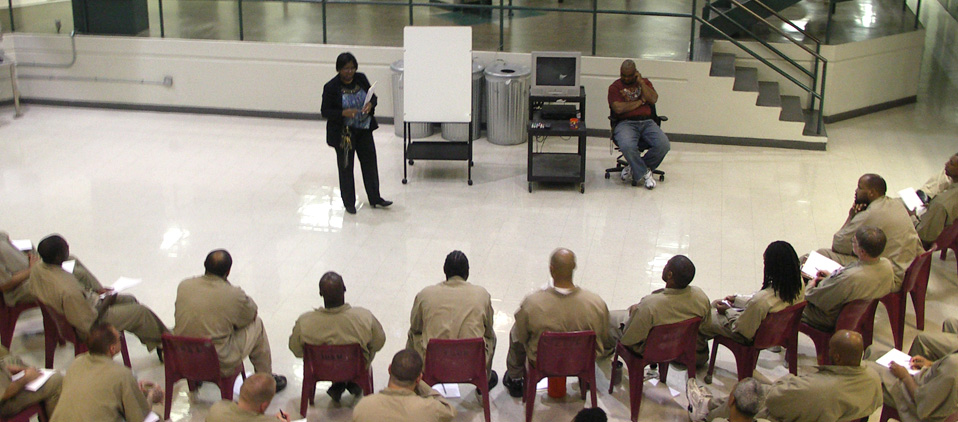
Image Source: Google
Going through the process of being incarcerated can be a challenging experience. However, for those who are eligible, the Federal Prison Early Release Program can provide a glimmer of hope and a chance to reunite with their loved ones sooner than expected. In this guide, we will walk you through the steps involved in navigating the Federal Prison Early Release Program.
Step 1: Determine Eligibility
Factors that may make an inmate eligible for early release include:
- Good behavior while incarcerated
- Participation in rehabilitation programs
- Having a medical condition that warrants early release
It's important to note that each case is unique, and eligibility for early release will ultimately be determined by the Federal Bureau of Prisons.
Step 2: Submit a Request for Early Release
How to submit a request:
- Consult with your case manager or counselor to determine the appropriate forms to fill out
- Complete the necessary paperwork accurately and provide any supporting documentation required
- Submit your request within the designated timeframe
Step 3: Await a Decision
After submitting your request:
- Be patient as the Federal Bureau of Prisons reviews your case
- Stay in communication with your case manager or counselor for updates on the status of your request
- Prepare yourself for the possibility of a denial and have a plan in place for next steps
Step 4: Prepare for Early Release
Things to consider as you prepare for early release:
- Arrange for transportation from the prison to your destination upon release
- Reconnect with family and loved ones to discuss your plans for reentry into society
- Attend any required programs or counseling sessions to aid in your transition
Step 5: Make the Most of Your Second Chance
Tips for successfully reintegrating into society:
- Seek employment or enroll in educational programs to further your skills
- Stay connected with a support system that can help you navigate the challenges of reentry
- Make healthy choices and avoid situations that may lead to reoffending
By following these steps and staying committed to your personal growth and rehabilitation, you can make the most of your second chance and build a bright future for yourself.